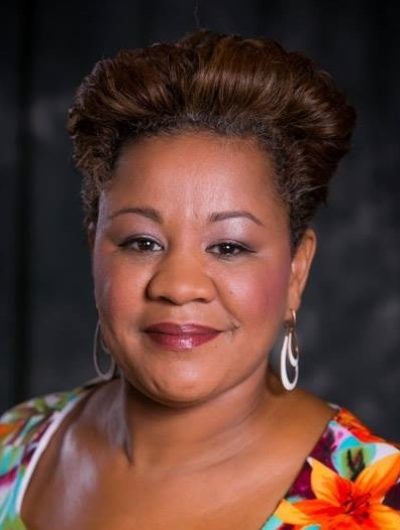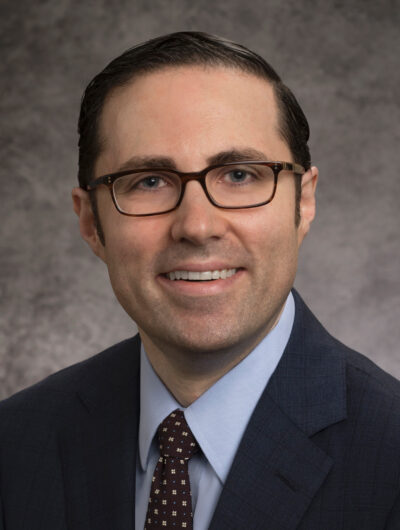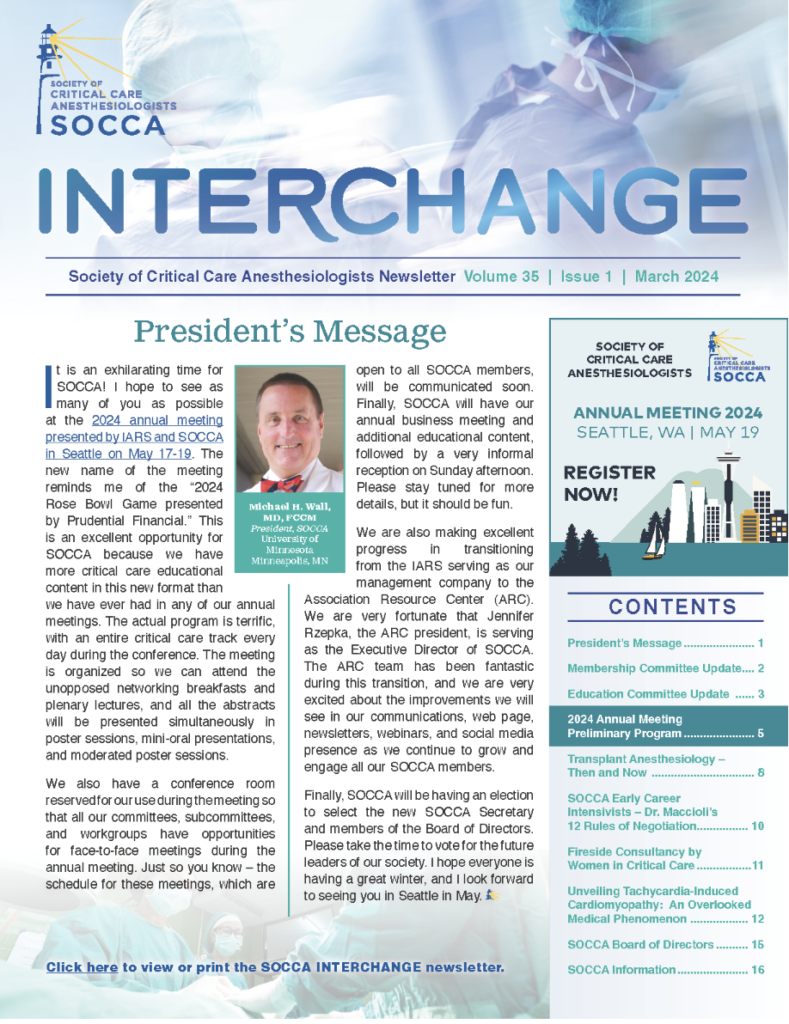A Brief Conversation With…Vivian Abalama, CAE, IOM
 Editor’s Note
Editor’s Note
For the past few years, we’ve highlighted members and their achievements in this ongoing series. This month, we will highlight Vivian Abalama,CAE, IOM, the SOCCA Society Director from the IARS. Without her, many of the Society’s day-to-day functions would not exist and our Physician leadership, committees and others would surely be lost…
What was your professional background before coming on board with SOCCA?
Prior to working with IARS and SOCCA, I worked for the American Society of Association Executives (ASAE) in the Volunteer Relations Department, where I managed councils and committees that represented ASAE’s 44,000 members and 7,400 organizations. I worked with the CEO and association executives from a variety of professional backgrounds. In 2016, I received my Certified Association Executive (CAE) professional certification from ASAE. The CAE credential signifies a committed association professional who has demonstrated the wide range of knowledge essential to manage an association in today's challenging environment. In 2018, I received the US Chamber of Commerce’s Institute of Organizational Management (IOM) program professional certification that requires 96 hours of nonprofit management course instruction. In addition, I am also a U.S. Army Veteran.
What attracted you to joining the organization?
Over the past 16 years, I worked in mid-sized and larger associations all with over 30,000 members. A small staff association seemed attractive, because it allowed me to work closely with the Board of Directors and to use the various management and leadership skills I have developed.
It seems like you identified some areas for improvement early on. What were they?
My organizational priorities first emerged from working with the SOCCA Board of Directors to set strategic goals and objectives, along with reorganizing and refocusing of the standing committees. Broadly speaking, in association governance, the Board of Directors should, ideally, set the strategic goals and objectives for the organization. The committees, then, become the driving force behind accomplishing the work that needs to be done to meet these goals and objectives.
An additional early priority was a Bylaws review. This was another task that came out of the strategic planning session. Dr. Steve Surgenor lead the effort to review and revise the SOCCA Bylaws to best allow us to achieve the strategic goals and objectives that had been set as well as increase value for our members.
What role do the organization’s by-laws play with regard to its routine operations?
Bylaws are sometimes called policies and procedures, but that is something of a misconception. Bylaws should legally guide the organization and could, for example, be brought to court if actions are violated. In contrast, procedures and policies tend to monitor the day to day operations without having the force of the law that bylaws carry. With bylaws, rights are established and protected. The specific roles, duties, and responsibilities for the board of directors, executive committee, each member, and others are defined.
Bylaws that are well-written will ensure the organization runs smoothly by providing a solution for any issues, including nominations, elections, and dispute resolution.
On what else have you focused your early efforts?
The SOCCA Interchange was an early focus area, because it is the main avenue for communication to our membership. I felt it was important to revitalize the newsletter to an online digital blog format that allowed members access from anywhere on any device.
The driving force behind the content and layout has been Dr. Kevin Hatton. Dr. Hatton became the Editor in 2018, and we worked together to refocus the communications committee and provide a newsletter that would engage SOCCA members and be relevant and educational. Dr. Hatton was also the driving force behind getting the members re-engaged with our twitter handle @SOCCA_CritCare.
Can you touch on the importance of membership involvement and steps underway to improve the engagement of society membership?
Members want to feel engaged and valued. They want the opportunity to volunteer or ensure that their point of view or voice is being heard by the Society’s leadership. In working with SOCCA President Dr. Dan Brown, we conducted the first membership survey to help shape the SOCCA Board of Directors strategic planning conversations moving forward. Members expressed great interest in becoming more involved in SOCCA, and this year SOCCA launched https://socca.org/get-involved/, where members are able to review the current volunteer opportunities and apply when nominations are open.
We had a great number of members volunteer, and we are working now to get the all the committees reorganized and focused on the goals and objectives set by the Board of Directors.
Each committee is tasked with assisting the SOCCA Board of Directors in meeting their strategic goals, which for 2019-2021 are:
Goal 1: Sustain and grow membership
Goal 2: Foster and promote member engagement and contributions
Goal 3: Develop an active research section
What do you see as some other important next steps for SOCCA?
For me, I’d like to see SOCCA build on its foundational successes and then:
- Continue to strengthen the governance of SOCCA and ensure that the volunteers and leaders represent the membership as a whole.
- Become the leading organization for critical care anesthesiologists that provides a one stop shop of education, information, and resources for its current and future members.
- Continue to strengthen and build the SOCCA Annual Meeting into a primary meeting of critical care anesthesiologists from around the world.




































